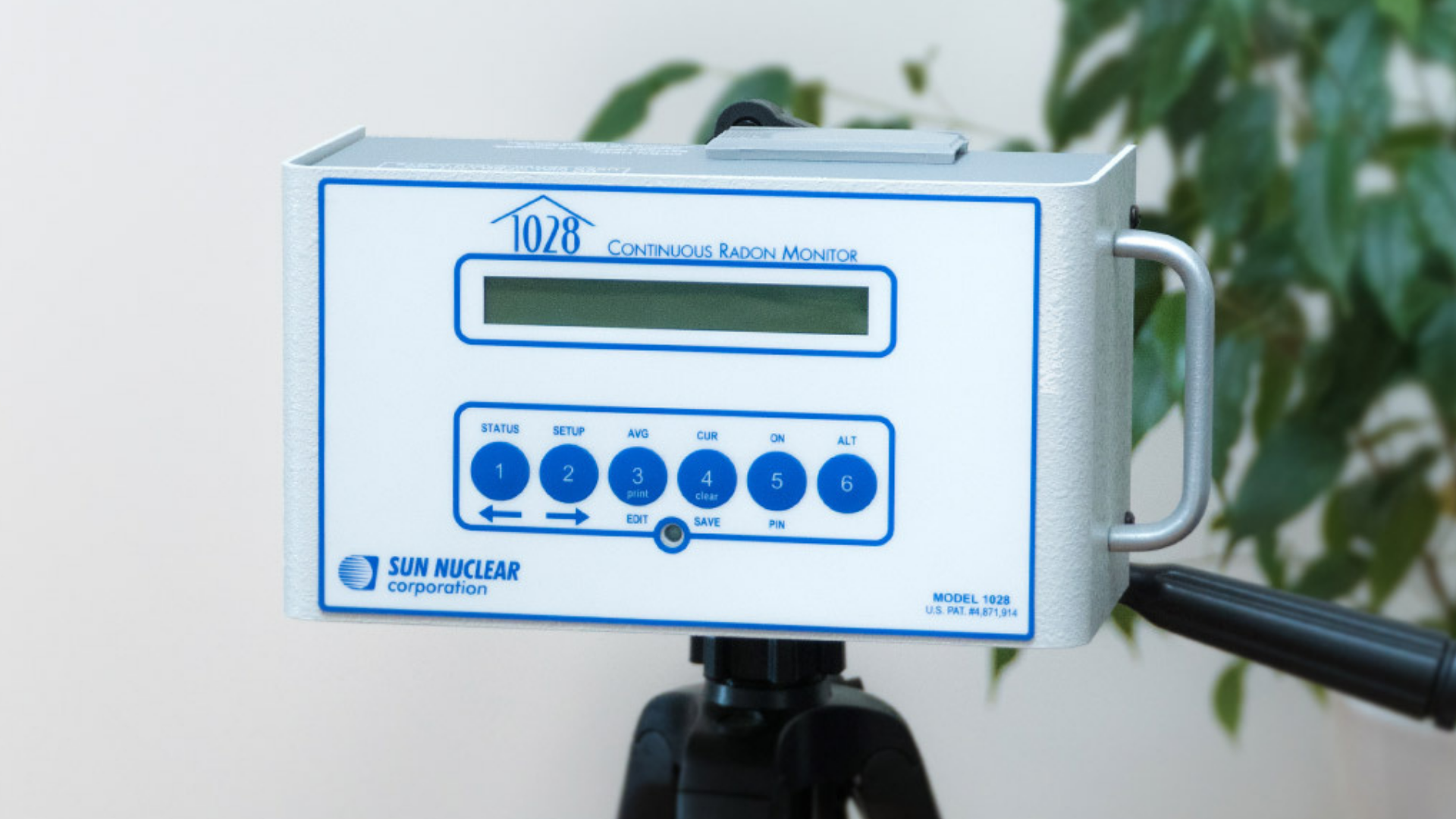Sewer Camera Inspection
DILIGENT is a strong proponent that a home inspection is not complete without a sewer camera inspection. The home inspector will spend hours in the home looking at fixtures, basins, drains, and visible waste plumbing. Why would you want to exclude the main waste pipe that carries all of the waste water away from the home?

More than Meets the Eye
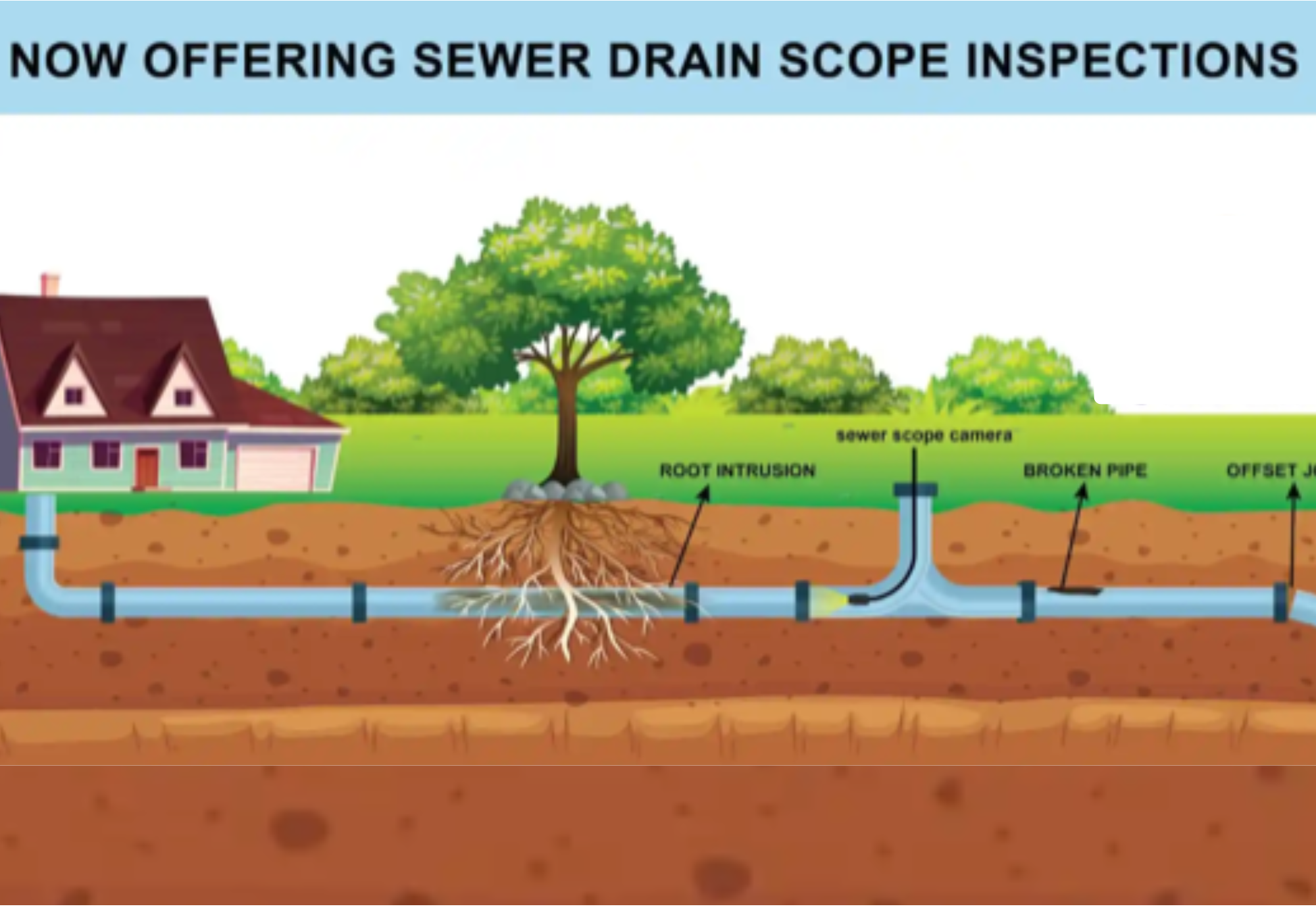
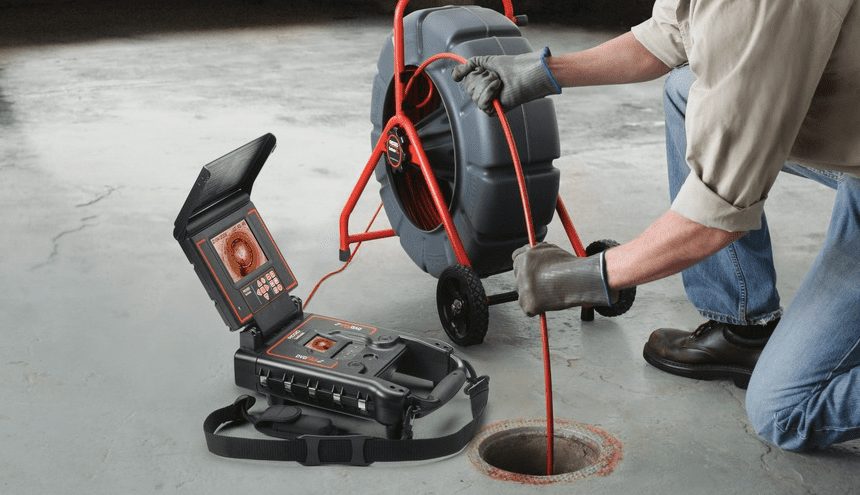
How the Inspection is Performed
When is a Sewer Inspection Required?
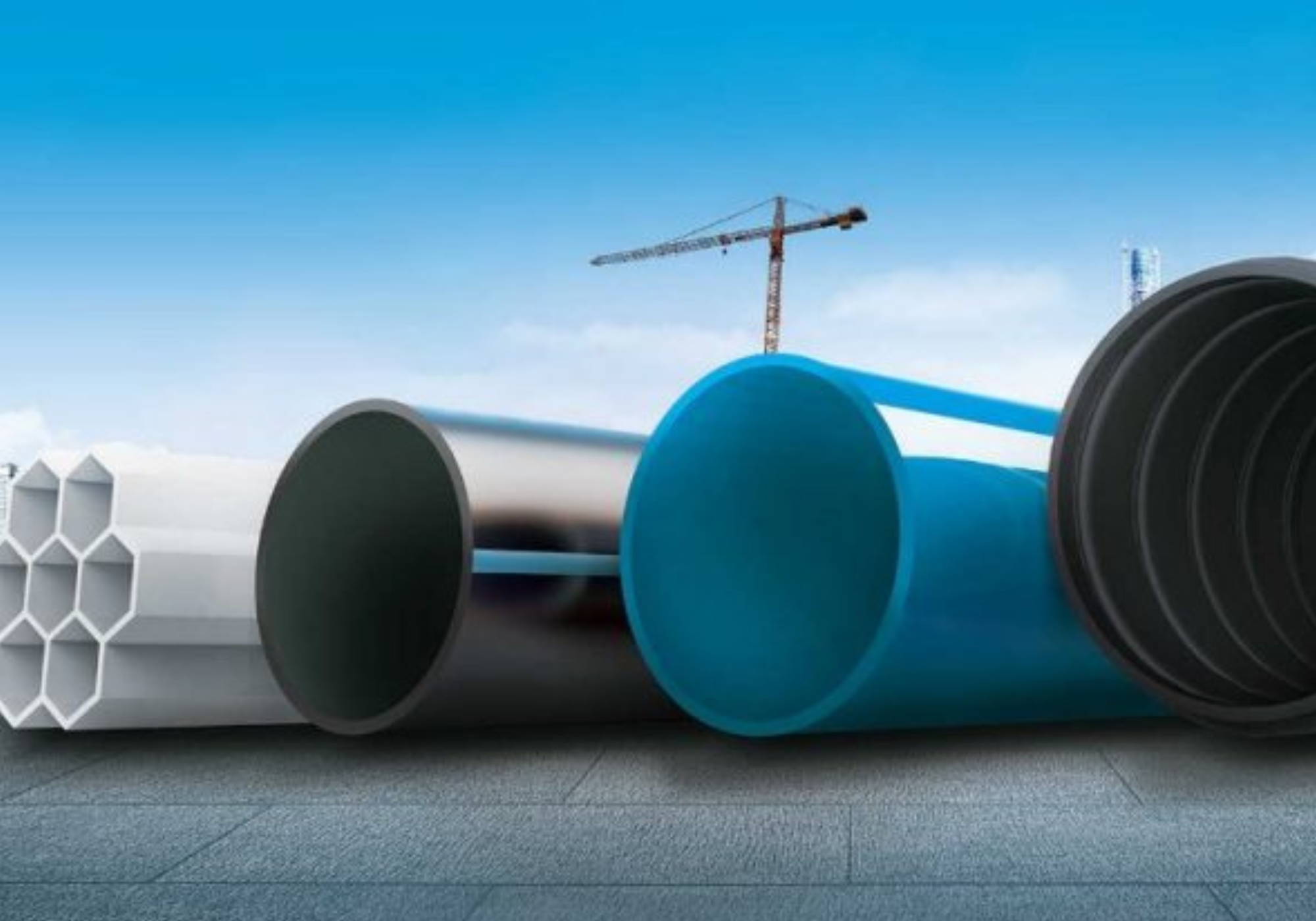
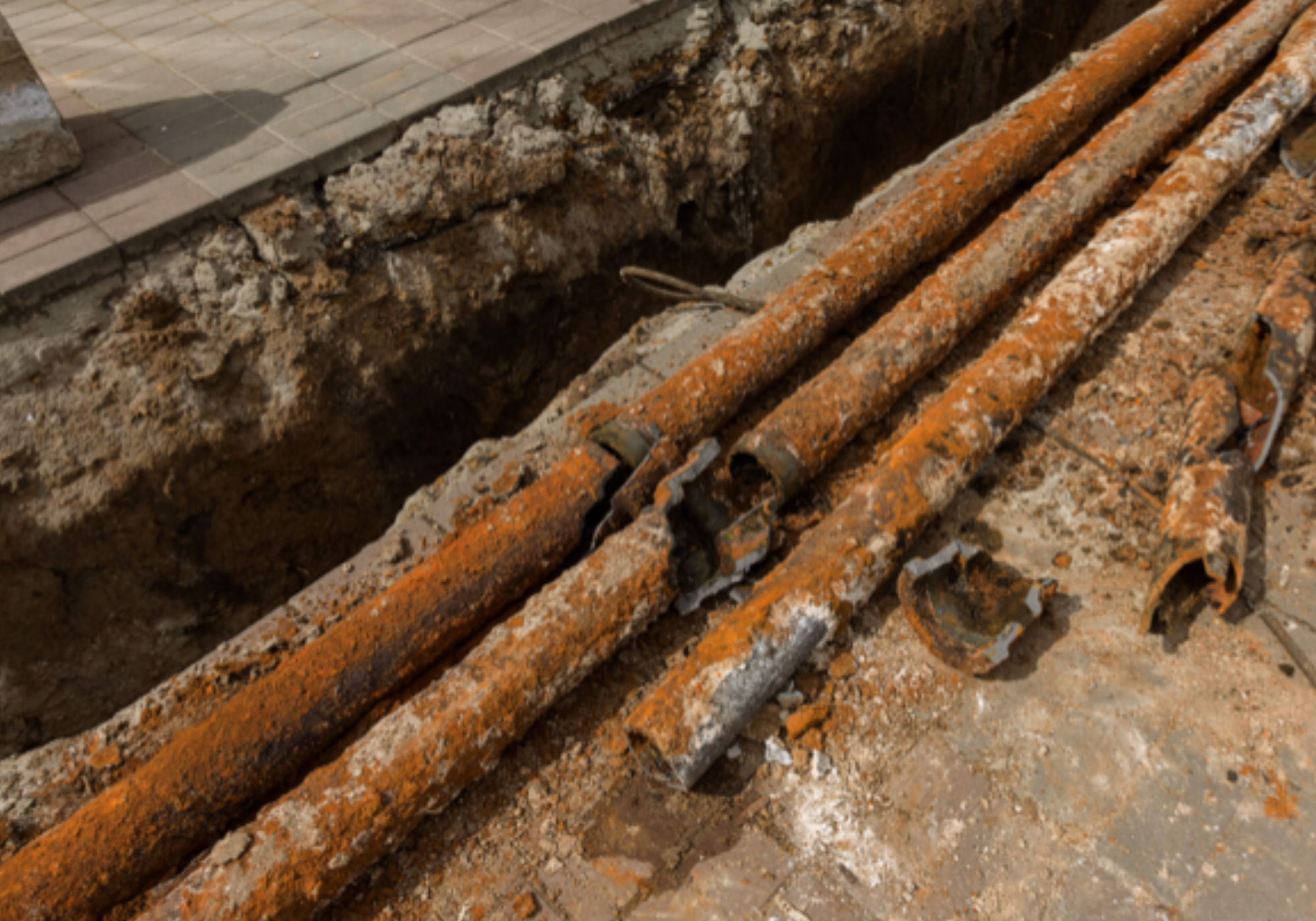
Common TN issues
Pipe Materials and Configurations
Waste plumbing in new construction homes are typically constructed with PVC. In older homes, we can see many different types of piping, such as; Cast iron, galvanized steel, lead, terra-cotta clay. If you are purchasing or current living in a remodeled home, you may have multiple material types based on the amount of renovations that have occurred since the original time of construction. In remodeled homes it is not uncommon to have PVC installed close to the home, and then transition to cast iron or clay as it stretches farther away from the house. The only way to confirm the waste pipe materials is through a sewer camera inspection.
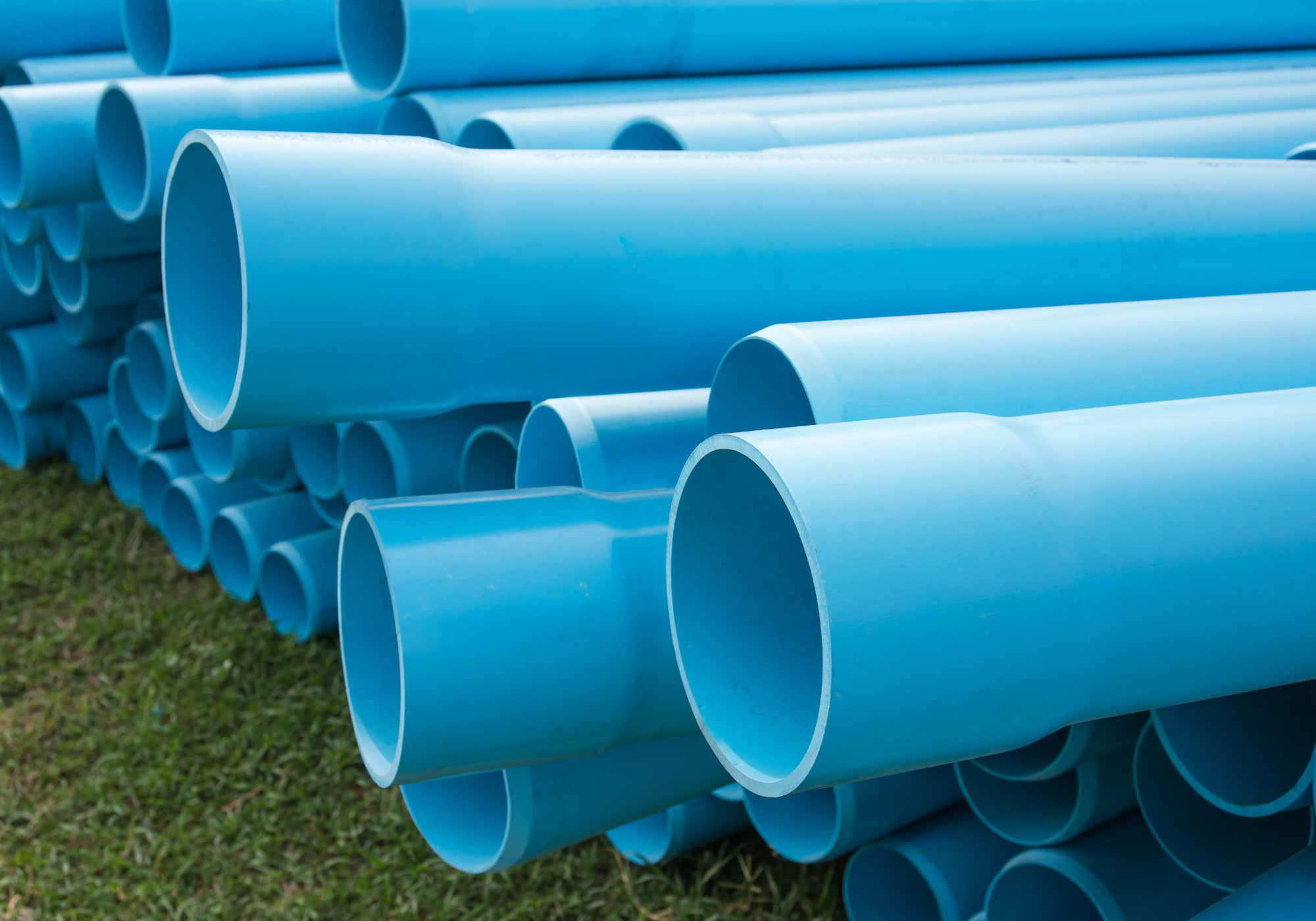
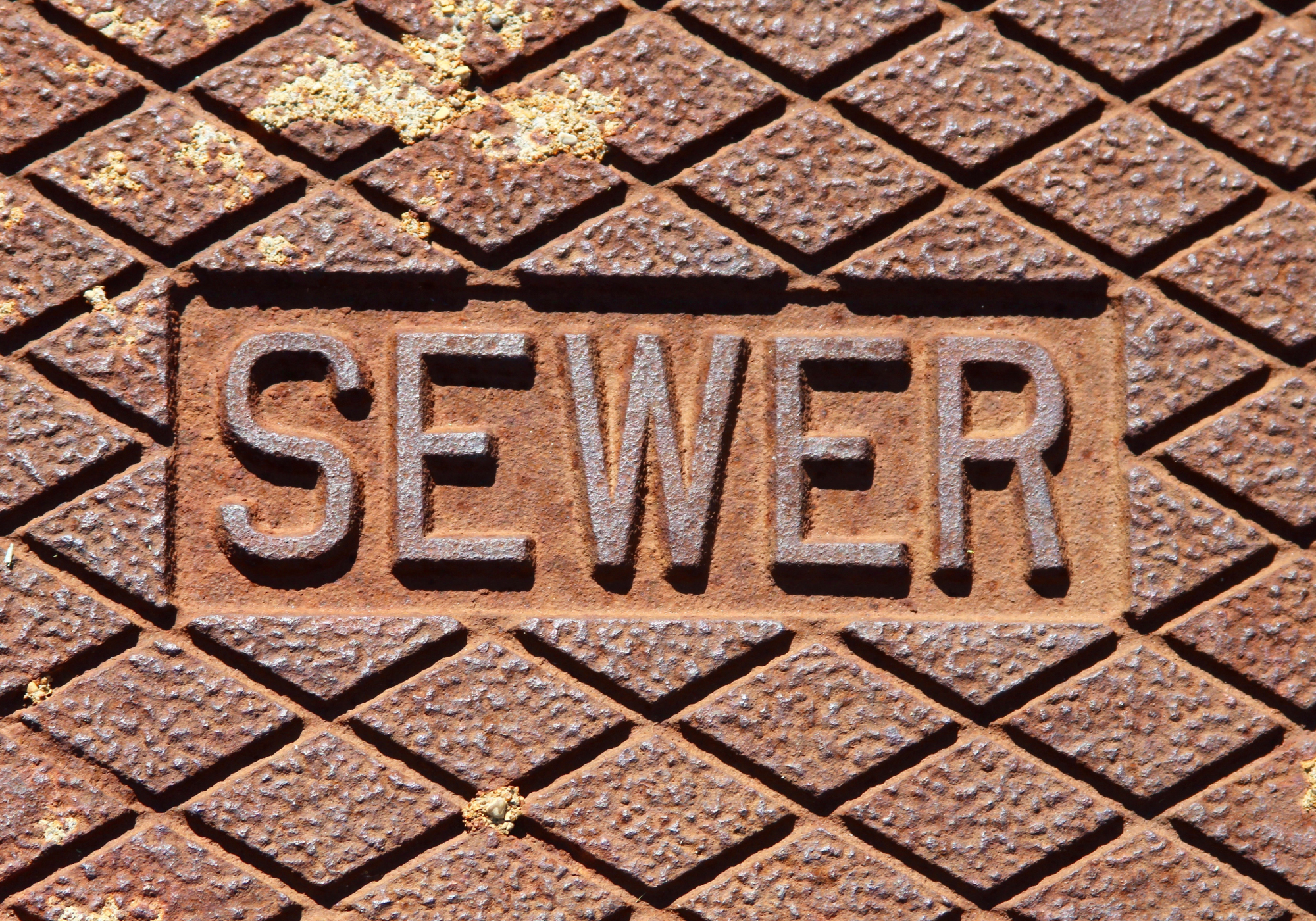
Common Defects Found in Sewer Camera Inspections
Learn about Our Services
INSPECTION TYPES
Home Inspection
Commerical Inspection
Pre-Drywall Inspection
Quick Consult
Mold Assessment
Crawlspace Consultation
Stucco / EIFS / Stone Veneer
Structural Inspection
Short Term Rental Inspection
Termite Inspections
Radon Testing
Sewer Camera Inspections
Mold Screening
Repair Inspection
Cost Outline Report
Lead / Asbestos Testing
Water Testing
Pool / Spa Inspection
Radon Testing
Did you know that Radon is the number one leading cause of lung cancer in non-smokers!? Test your home today for a much safer future!

